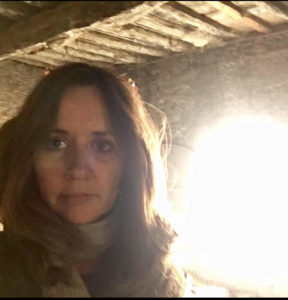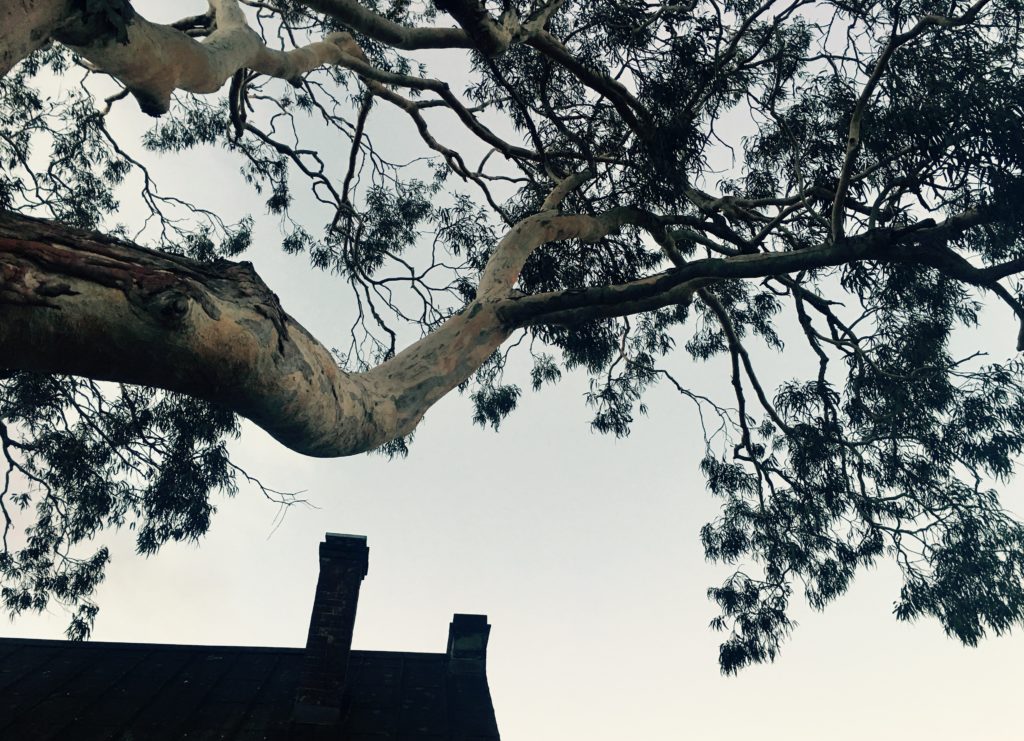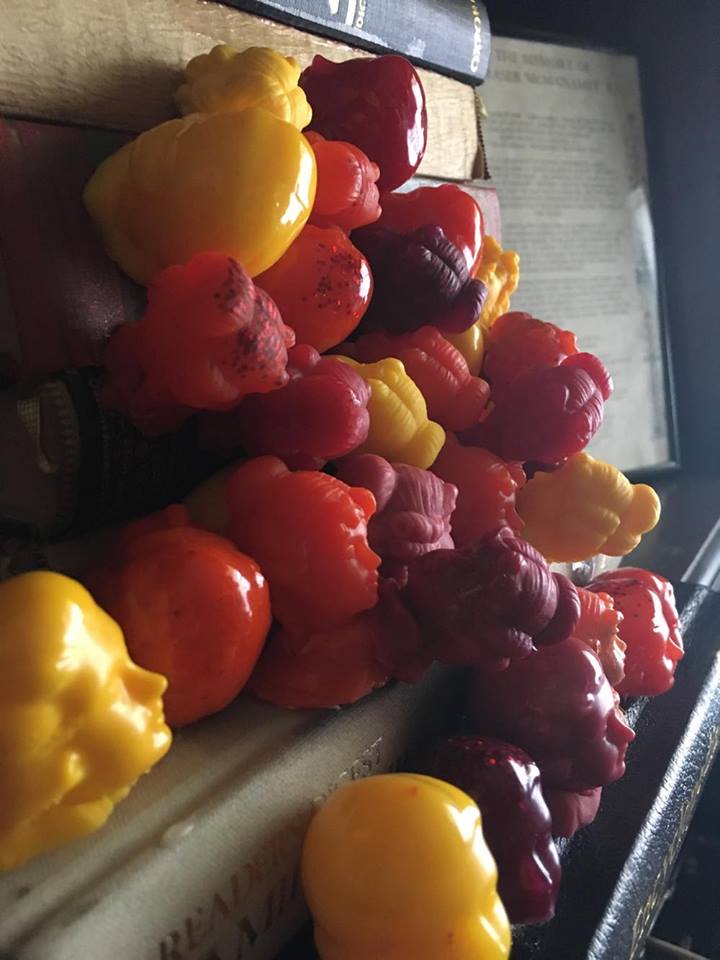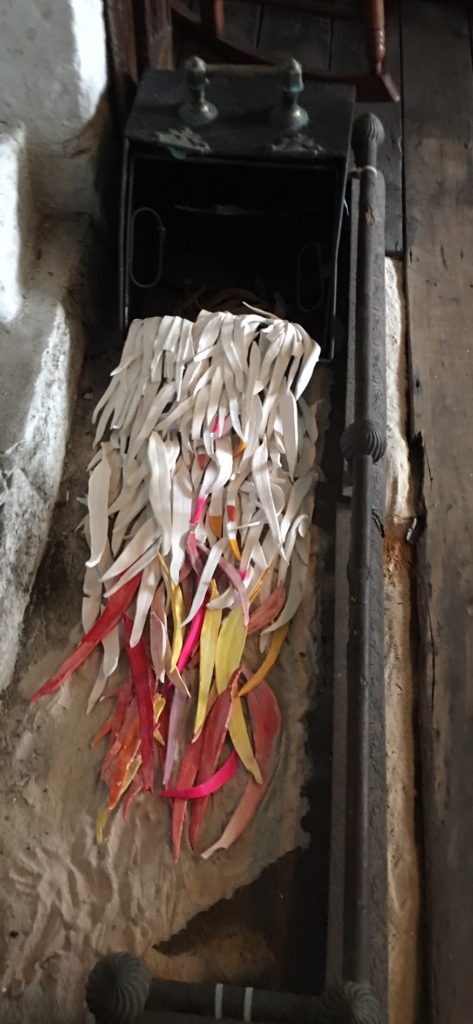Summary Bio
Melissa Grahovac was born in Sydney, but currently lives in the Blue Mountains, NSW. She holds a B(ed) Art from College of Fine Arts, Paddington, Sydney, majoring in painting. She has been teaching art to high school students for the past 20 years. Her artwork is a combination of strange ceramic forms and quirky figurative paintings, obsessively made between her life as a mother and her life as a teacher. She has recently returned from her inspirational Creative Arts Teaching Scholarship in Portland, New York and Tuscany, Italy, learning and being inspired by her new love of ceramics.
Artist Statement
Melissa Grahovac: S/weep: porcelain clay, found objects and resin
The heavy sandstone of Woodford Academy has been screaming permanence to me. Its solid and colonial structure along the highway in this hostile and sometimes harsh environment is overshadowed by a huge tree. I am told it is about 70 to 80 years old. It adds to the theatrics of the Woodford Academy, to its haunting tales, to the colonial architecture placed in the Australian landscape.
I am interested in how this space acts a medium for our collective imagination, projecting our own narratives. Pondering and imagining the people and stories, both colonial and Aboriginal.
 I began collecting the leaves, imprinting them into porcelain clay. Their scale and colour has been captivating; large, twisted and colourful, a metaphor for the lives and stories from Woodford Academy. I played with the leaf composition, swept them together and then imagined them in the space.
I began collecting the leaves, imprinting them into porcelain clay. Their scale and colour has been captivating; large, twisted and colourful, a metaphor for the lives and stories from Woodford Academy. I played with the leaf composition, swept them together and then imagined them in the space.

Intruding and all pervading, the leaves were assembled, they tumble and cascade from the dark coal box in front of the fireplace. They fall from the wooden, colonial furniture always there, penetrating the colonial space, bridging the gap between nature and architecture. Natural growth or parasitic like, a reminder of the complex relationship of colonial Australia and the Australian landscape. They can never be eradicated, never swept away, always invading the site.

On the desk sits another work playing and ‘toying’ with a former life of the site, the school. Teaching the classics, the books about England and Latin are scarred and burnt, kitsch figurine heads in bright colours, fall and tumble from the spines of the books. Originally a decorative, delicate ceramic sculpture suitable for a mantelpiece or cabinet has now become something different. From clay to resin, they hold a new life.
Are they parasites? Clones?
Clay and resin twist and play in the space questioning and investigating this narrative.